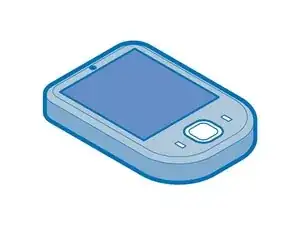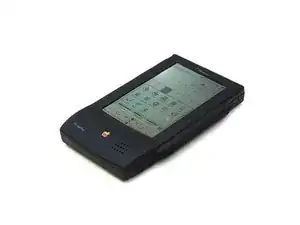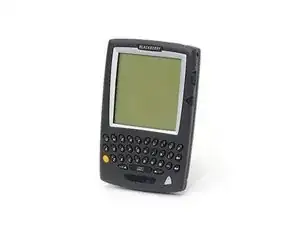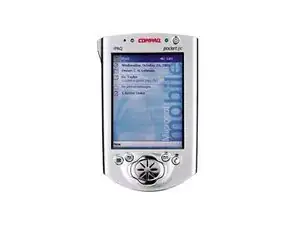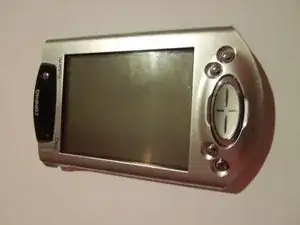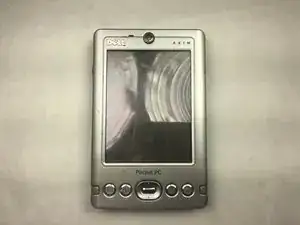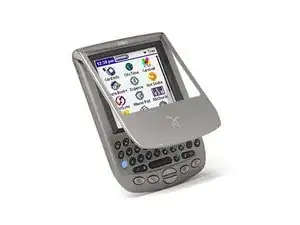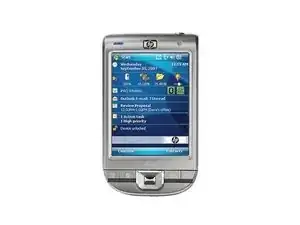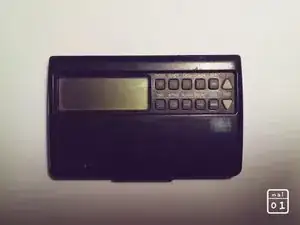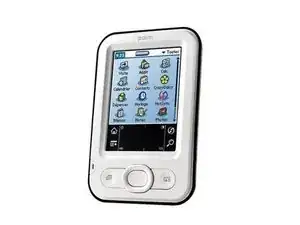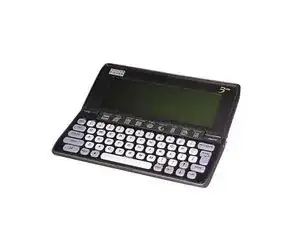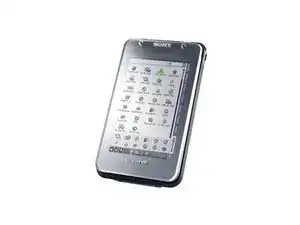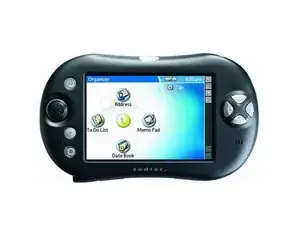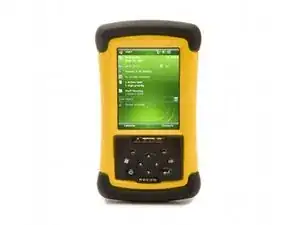Background and Identification
Personal Digital Assistants (PDAs) dominated the consumer electronics market before the rise of smartphones. PDAs allowed users to keep track of their schedules, take notes, do quick calculations, etc. The term PDA to describe this type of device was coined by Apple CEO John Sculley in 1992.
PDAs were the first devices that introduced the concept of a pocket-sized personal computer that could assist in daily tasks. Before PDAs, it was unthinkable to take digital notes, manage a digital calendar, or do computer calculations on something you could tuck away in your pocket. While these functions might seem necessary to us, a large part of PDA marketing involved convincing users that these features were desirable.
Some of the most popular PDAs include the Tandy Z-PDA (1992), the Apple Newton MessagePad (1993-1998), the USRobotics PalmPilot (1997), and the Sony CLIE (2000-2005). Today PDAs are relatively uncommon because their features are encompassed in modern smartphones.
PDAs are pocket-sized, rectangular devices. They have a display screen (usually a touchscreen) and physical buttons that function as controls. PDAs are often black, silver, or white in color. PDAs generally come with a stylus to be used on the touchscreen display.
The manufacturer's name is usually printed on the front or back of the device. To find the model and serial number, remove the back case and battery and read the label underneath.
